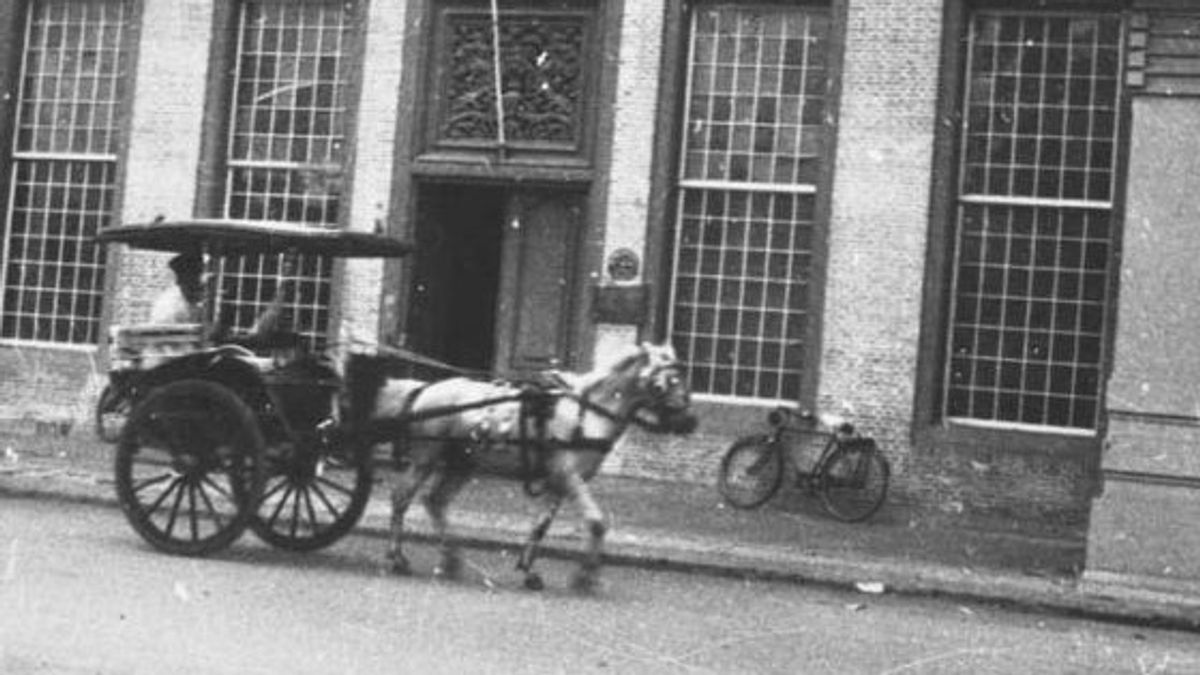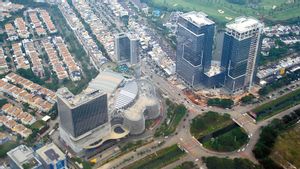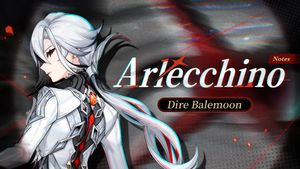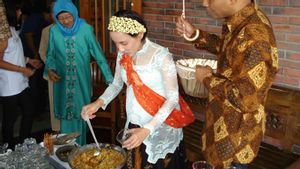JAKARTA History today, 245 years ago, March 13, 1778, the Dutch trading company, the VOC banned the horse train from speeding on the streets of Batavia (now: Jakarta). The regulation was issued because train owners often apply recklessly at night.
Instead of only endangering lives, the impact of speeding a horse train makes the road damaged. Previously, horse trains from sado to wagon were once considered a symbol of wealth in Batavia. Whoever has it must be classified as rich and very rich.
The horse train had become a prima donna in the Company era. In Batavia let alone. Sado delman, ebro, andong is seen everywhere. All of this is because there is no mass transportation like a train. Even the horse carriage has very limited ownership.
Whoever owns it is only a rich and very rich person. This fact makes the presence of a horse train like a symbol of the wealth of the VOC era. Those who want to be known as rich or want to show off are enough to use trains on the streets of Batavia. This assessment was able to make the whole of Batavia talk about the owner of the train.
The potential for horse trains as a symbol of wealth is also attracted by many parties. They consider the horse train to be a profitable business. The business was selling well. Especially when entering the time of worship at the church. Train rental sells like fried beans.
All because the option to rent a horse train is considered more profitable than having its own. This is because the costs incurred for the horse train are large. The owner of the horse train must pay a high price tax. Especially for those who have more than one horse train.
Because in the early 18th century there were already more than 140 European horse carriages milling around in Batavia. So it is not too striking whether the train belonging to Kapiten Wan Abdul was held by one or two horses.
What is clear at that time was that almost half of the number of European horse trains and lijns-type trains in Batavia were pulled by two horses; while there were not many types of four-wheeled trains, only eight. Train taxes account for around 9 thousand ringgits annually into government coffers, Historian Hendrik E. Neimeijer in the book Batavia: The XVII Century Colonial Society (2012).
The presence of many horse carriages - moreover, was alluded to as a symbol of wealth - recently brought problems. Many Dutch people carry their horse trains recklessly. Mainly at night.
The condition of speeding on the streets not only endangers human life, but also makes roads and bridges damaged. It is said that the Dutch who often speed up were under the influence of alcohol. The narrative is because the sale of liquor in Batavia is quite high and the habits of the Dutch who like to get drunk.
The Company took action. They then perpetuated the rules prohibiting the horse train from speeding on the streets of Batavia. The rule has been preserved since March 13, 1778. Anyone who violates the VOC will give a large fine.
Meanwhile, the damage to bridges and roads due to reckless riding of trains has increased the cost of road maintenance. Therefore, fines for those who violate are quite large, namely 25 riksdalders. It is certain that fasting on the road between fellow trains was prohibited on March 13, 1778, "explained the historian, Mona Lohanda in the book History of the Magnitudes Regulating Batavia (2007).
The English, Chinese, Japanese, Arabic, and French versions are automatically generated by the AI. So there may still be inaccuracies in translating, please always see Indonesian as our main language. (system supported by DigitalSiber.id)









